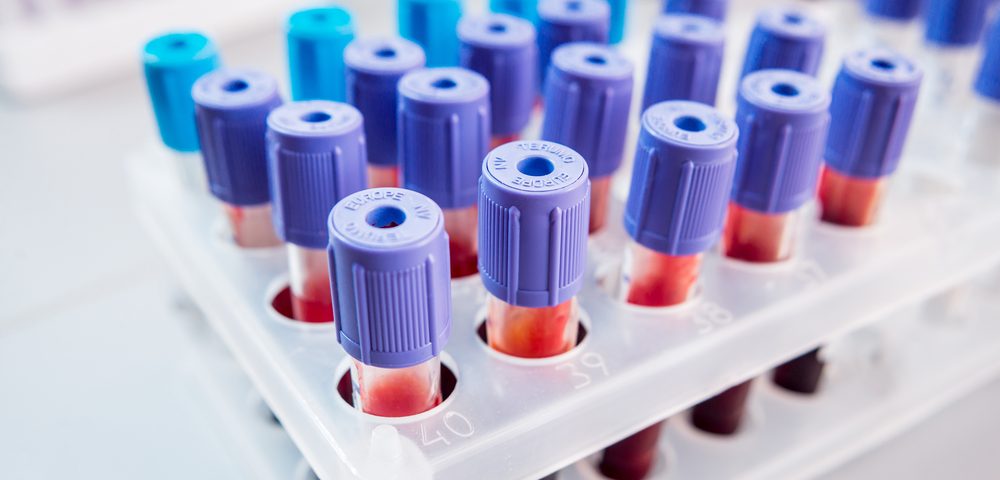The size variation of red blood cells and the ratio of different cell types in the blood could be used to predict the outcome of surgery in epithelial ovarian cancer patients, according to recent research.
Developed by Chinese researchers in collaboration with the Mayo Clinic in Rochester, Minnesota, the approach could help identify patients who may need to be monitored more closely and offered more intensive therapies.
The study, “Preoperative red cell distribution width and neutrophil-to-lymphocyte ratio predict survival in patients with epithelial ovarian cancer,” was published in the journal Scientific Reports.
According to data from the American Cancer Society, from 85 to 90 percent of ovarian tumors are diagnosed as epithelial ovarian cancer (EOC). “When someone says that they had ovarian cancer, they usually mean that they had this type of cancer,” the ACS says.
And information from the National Cancer Institute indicates that even though EOC is about one-tenth as common as breast cancer, it is the most lethal gynecologic malignancy among U.S. women.
Complete blood counts and markers of inflammation that are derived from these counts were already known to be linked to outcomes in epithelial ovarian cancer patients.
However, the cutoff point that would allow clinicians to reliably predict outcomes was still unknown, according to the collaborative study between the Chinese scientists and Mayo Clinic researchers.
The team of researchers, led by Dr. Guoqian Jiang of the Department of Health Sciences Research at the Mayo Clinic, obtained clinical and pathological parameters and complete blood count data from 654 ovarian cancer patients who underwent surgery at the Mayo Clinic from 2000 to 2010.
Using a sensitive statistical approach, they analyzed the variation in the size of the patients’ red blood cells. Red blood cells usually have a standard size, but some conditions cause a significant size variation.
They also calculated the ratio of different cell types in the blood and determined their association with patients’ overall survival as well as recurrence-free survival. Specifically, they looked at the ratio of neutrophil to lymphocyte, platelet to lymphocyte, and monocyte to lymphocyte.
Lymphocytes, monocytes, and neutrophils are all types of white blood cells, while platelets are cell fragments involved in blood clotting.
They found that the variation in the size of red blood cells and the neutrophil-to-lymphocyte ratio were independent factors that could predict the overall survival of patients.
In addition, when they looked at the red blood cell size variation and neutrophil-to-lymphocyte ratio together, the researchers could classify patients into low and high risk groups.
Patients in the low risk group had a low variation in the size of red blood cells and a low neutrophil-to-lymphocyte ratio, while both these parameters were high in patients in the high-risk group.
Finally, patients who had a high neutrophil-to-lymphocyte ratio also had a low recurrence-free survival — in other words, the cancer was more likely to reoccur in these patients.
A high variation in red blood-cell size was strongly associated with the age of patients, while a high neutrophil-to-lymphocyte ratio was associated with the cancer stage, the levels of a protein called CA125 in the blood before surgery, and the accumulation of fluid in the abdomen during surgery.
“These simple, reproducible, and inexpensive markers, though they need further investigations, may harbor the potential to identify high-risk [epithelial ovarian cancer] patients as candidates for more intensive therapies after standard treatment,” concluded Dr. Zheng Li and the co-authors of the study.

